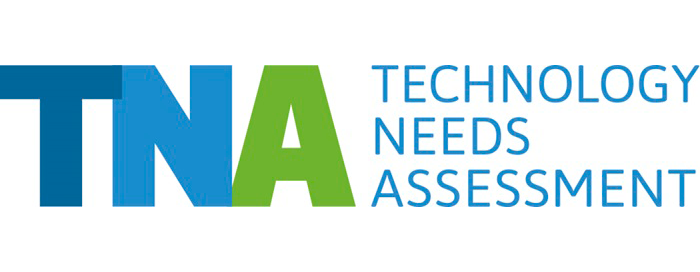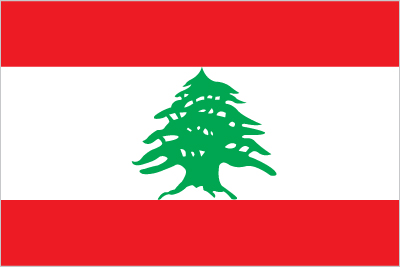Lebanon completed its TNA in 2013. The Technology Action Plans proposes a large-scale project tasked with introducing cost-efficient agriculture conservation technology to the Lebanese agriculture sector.
From 2015-2025 the goal is to shift 19,000 ha to conversion agriculture. With a budget of US$3.5 million and an estimated return of US$30 million, the project is both economically and environmentally viable, cutting across prioritized sectors, as the technology strengthens crop resilience, conserves water and reduces CO2 emissions.
By the year 2100 Lebanon will experience 50 more ‘hot summer days’ and 34 ‘tropical nights’ than there are already, and days with snow-covered areas will fall from 110 to 45. As a consequence, water reservoirs are not recharging quickly enough to keep up with the current use of water. Accordingly, the TNA’s results were incorporated into the government’s plans tasked with improving water management.
A promising technology identified in the TNA is rainwater harvesting from greenhouse tops, where three pilot sites from a total of fourteen greenhouses collected a million m3 of rainwater. Although promising figures with which to launch large-scale implementation, the TNA team revealed the technology’s unreliability and a cost-effective barrier to it, leading the Lebanese government and the United Nations Development Programme in Lebanon to create guidelines for specifically targeting farmers who do stand to benefit from this technology.
Lebanon’s TNA contributes to the following Sustainable Development Goals:







